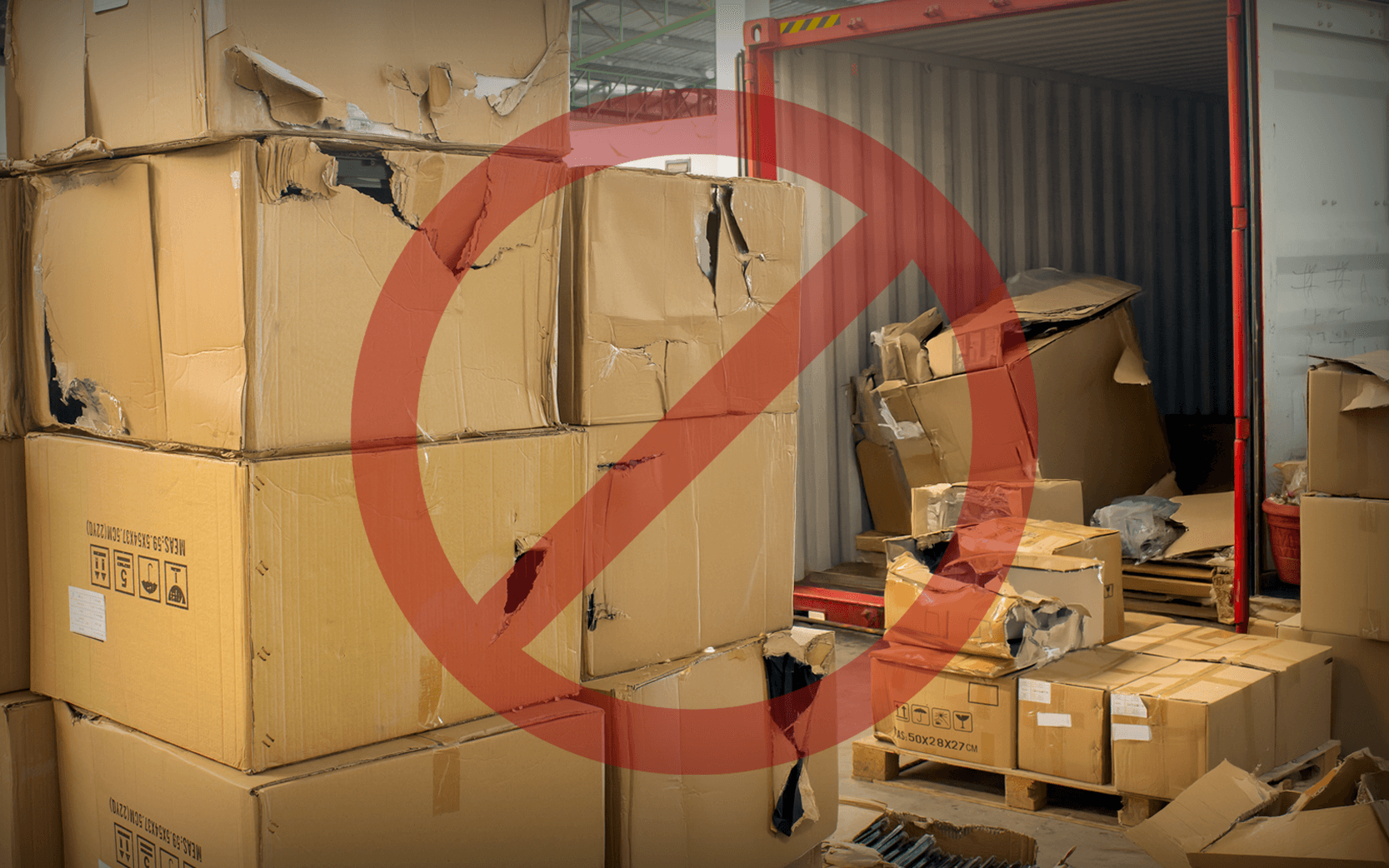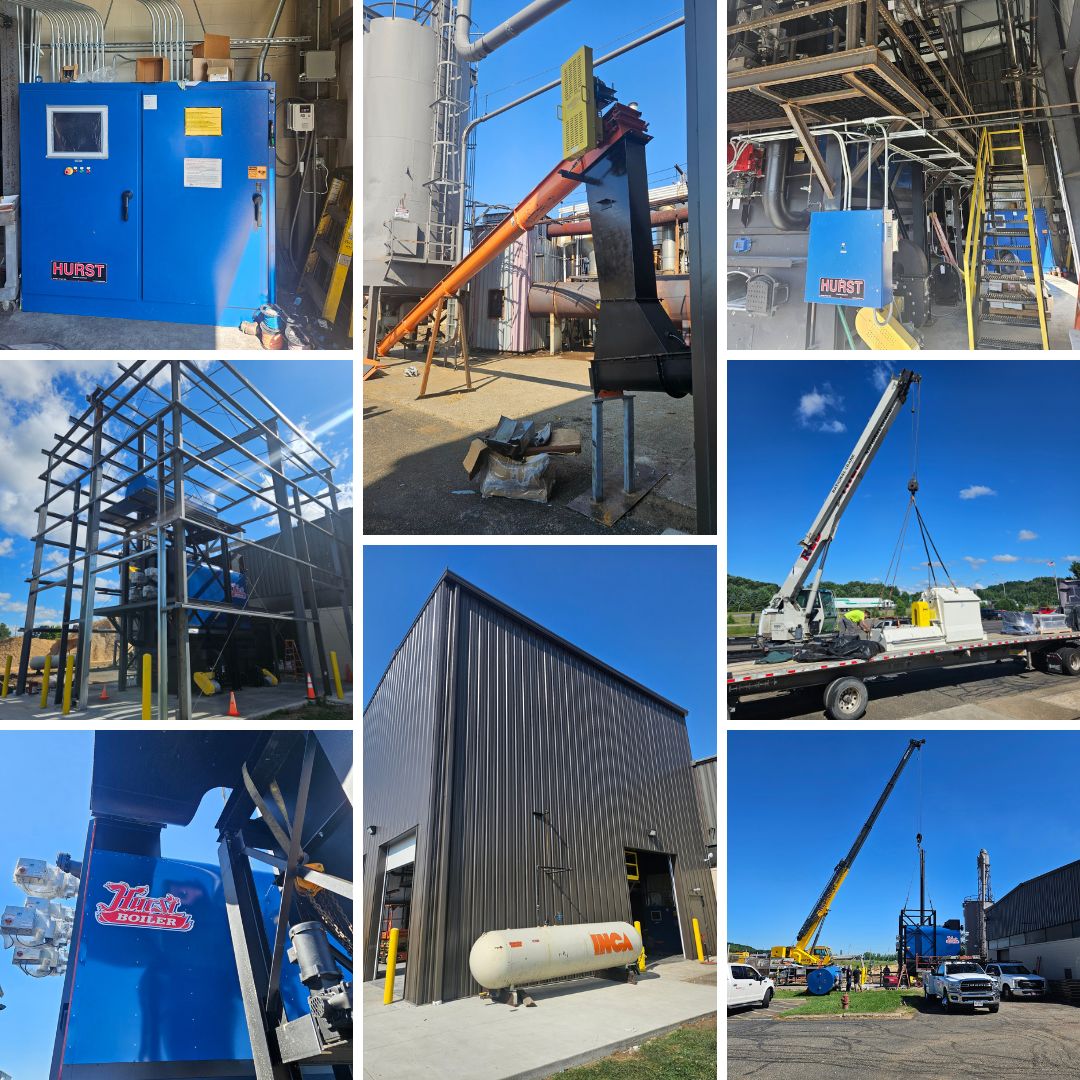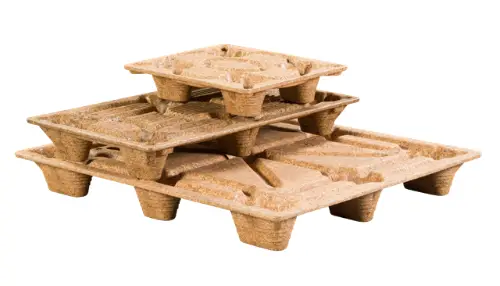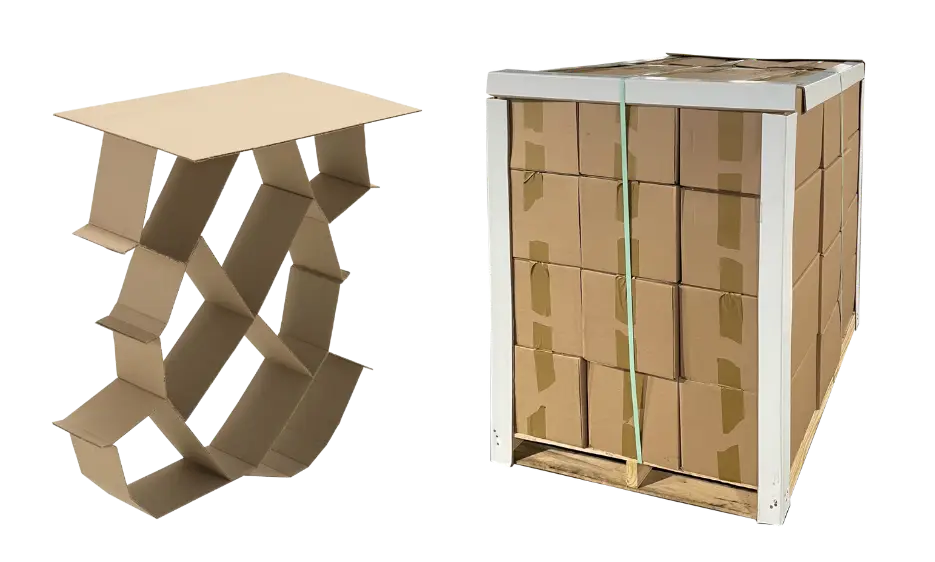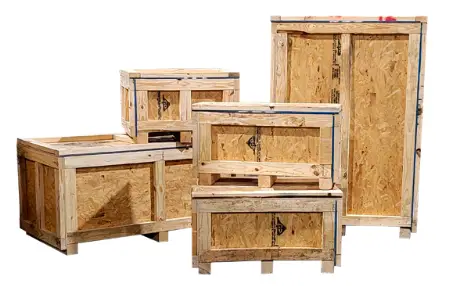Each fall, Modern Materials Handling conducts and publishes an annual pallet survey that provides valuable insight into current buying trends and usage patterns for our industry. If you aren’t a subscriber to MMH, or you haven’t had time to read Bob Trebilcock’s Talking Pallets with Modern Readers, we have prepared a summary of key findings for your review.
The study is based on responses from 353 qualified MMH readers employed at locations using pallets. At the 30,000 foot level, the survey results suggest the pallet market will grow annually by 3.5% through 2017. Although price remains the most commonly cited factor influencing a purchasing decision (56% of respondents, down from 63% last year), cost-per-use was cited by 43% or participants this year. This trend suggests that pallet buyers remain concerned with costs but that logistics professionals are taking a more long term view when evaluating suppliers. Other key considerations cited in this year’s survey include:
- Strength–53%
- Durability–50%
- Customer Requirements–43%
- Reusability–40%
- Availability–32%
Material Preferences—Wood or Plastic?
As in previous years, wood pallets are still used by the vast majority of the respondents (93%), but alternative pallets continue to gather increased market-share, as shown below:
- Plastic Pallets–37%
- Wood Composite (including presswood)–18%
- Cardboard /Corrugated–8%
- Metal–7%
According to the survey results, plastic pallets continue to erode market-share from their wooden counterparts. 34% of those polled indicated that they used more plastic pallets in the last year, representing a 7% increase over 2012. One-third of respondents expect to increase plastic pallets use in the coming year.
The Fate of the 48 x 40 Pallet
58% of respondents are still using 48 x 40s, but this number took a big dip over 2012 when a full 81% of those surveyed relied on this long-time industry standard. With this said, there is currently no other size being used by more than 17% of MMH participants. Use of 24 x 20 half pallets actually dropped from 10% to 8.3% over the past year.
Export vs. Domestic Use Pallets
Demand for export pallets seems to have cooled some, which coincides with the drop in US exports. 55% of respondents stated they were using pallets for export purposes (down from 57% in 2012). Only 3% of this year’s participants shipped exclusively to overseas customers. Over half of the participants are still exporting, and as such, this group’s pallet needs look different from manufacturers that do not participate in the global market. Here are some of the survey’s key findings:
- 45% of the exporters treat pallets (e.g., heat treat, fumigation, etc.)
- 18% rely on alternative materials that do not require treatment
- 12% use wooden pallets from their own pool
- 6% rely on pallet pools (up from 3% in 2012)
New vs. Used Pallets
The shortage of cores plaguing the market in recent years continues to influence buying behavior. Used pallet usage dropped from 63% in 2012 to 60% this year. Although over one-third of the readers did not voice concerns with the available used pallet pool, warning signs linger. According to the MMH study:
- 27% of respondents reported a decline in quality
- 27% noted a shortage of cores
- 15% of readers say used pallets are now more expensive
- 48% have seen a price increase of 5-9%; 24% noted price increases from 10-14%.
All of these numbers are bad news for recyclers. 66% of MMH readers report they will buy more new pallets in the coming year.
Blocks and Stringers
For several years, industry insiders have watched Costco’s block pallet initiative with interest, wondering if the big box retailer’s move away from stringer pallets would signal a broader movement toward a new standard in the business. More than half (51%) of those surveyed ship exclusively via stringer, but block pallets are gaining momentum in the marketplace: 27% are now solidly in the block pallet camp and 23% of respondents are splitting shipments evenly between stringers and blocks. Put another way, 50% of responders are shipping some loads using block pallets, a 3% increase over last year. 2013 survey results show:
- 14% of respondents have been asked by customers to change their pallet choices.
- 33% are using more block pallets
- 25% are using more stringers
Pallet Pools
According to some sources, half of food, beverage, and consumer packaged goods are now shipping on pooled 48” x 40” pallets, and 44% of the participants rely on a pallet rental company (e.g., CHEP, PECO, iGPS) or have a pallet retrieval or recovery program. Although these numbers seem to suggest a growing embrace of the pool concept, 56% of the respondents are still purchasing their pallets or reshipping on pallets delivered by suppliers. For readers considering pallet pool participation, 55% of responders said they would explore creating or managing a captive pool while 32% claim to have already evaluated or would consider managing their own pool. And despite all of the hype surrounding the strengths of organizations such as CHEP, PECO and iGPS, buyer interest remains largely unchanged from last year: 14% are interested or highly interested in doing business with these rental giants while 69% of respondents are not very or not at all interested in forming partnerships.
Conclusions
So what are pallet manufacturers and logistics professionals to make of the 2013 pallet survey results? For starters, while the concept of joining a rental pool managed by the likes of CHEP and PECO still intrigues buying influences in the shipping and logistics market, these companies still face many uphill battles. For now, 48 x 40’s are still preferred by most shippers, but change is on the horizon and it remains unclear if a new size will be universally adopted as the new “standard.” Price remains one of the primary factors driving a purchasing decision, but the declining quality of the used pool and a scarcity of available cores are narrowing the price differential between new and used pallets. Finally, as in years past, new applications and agreements such as IPPC-ISPM15 have buyers looking more closely at alternative material choices, but wood remains king.
To our way of thinking, companies poised to capitalize on the changing nature of the pallet industry by offering a quality product in a wide range sizes, materials, and prices, as well as organizations with adequate capacity to serve the export market when overseas shipments rebound over current levels, will be in a prime position to assist customers with their new requirements in 2014 and beyond.
At Litco, our complete line-up of export ready presswood, heat treated, plastic, and corrugated pallets give us the ultimate degree of flexibility to match customer application and price requirements with the perfect pallet to Carry your products safely on through the most demanding supply chains. For assistance with all of your transport packaging and product securement needs, contact the pallet experts at Litco International for more information.

All Litco products are designed to Carry your products safely on through the most demanding supply chains.
